Pie crusts are the foundation of any great dessert pie. From buttery and flaky to crisp and nutty, the type of crust can transform a pie into a culinary masterpiece. Whether you are a traditionalist or an experimental baker, knowing which crust best complements your filling is key. In this guide, we’ll explore nine distinct types of pie crusts, each offering its unique texture and flavor profile to take your dessert creations to the next level.
Classic Butter Crust
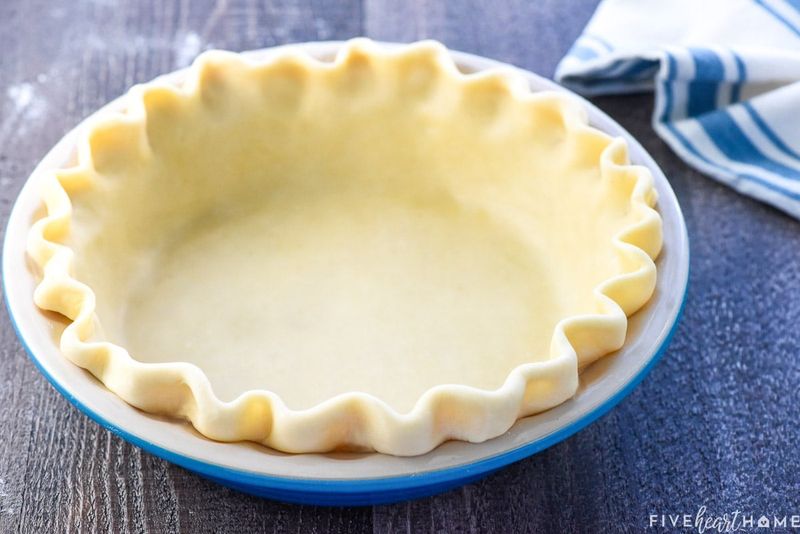
The classic butter crust is a timeless choice, cherished for its buttery, flaky texture. With each bite, you experience a delicate crunch followed by a melt-in-your-mouth sensation. This crust is ideal for fruit and custard pies, allowing the richness of butter to enhance the pie’s flavors.
Imagine serving a slice of apple pie with this crust, its aroma inviting and warm. A well-made butter crust requires cold ingredients and a gentle hand to avoid overworking the dough, ensuring maximum flakiness.
Fun Fact: The butter crust’s origins can be traced back to French pastry techniques, where precision and quality ingredients are paramount.
Shortcrust Pastry
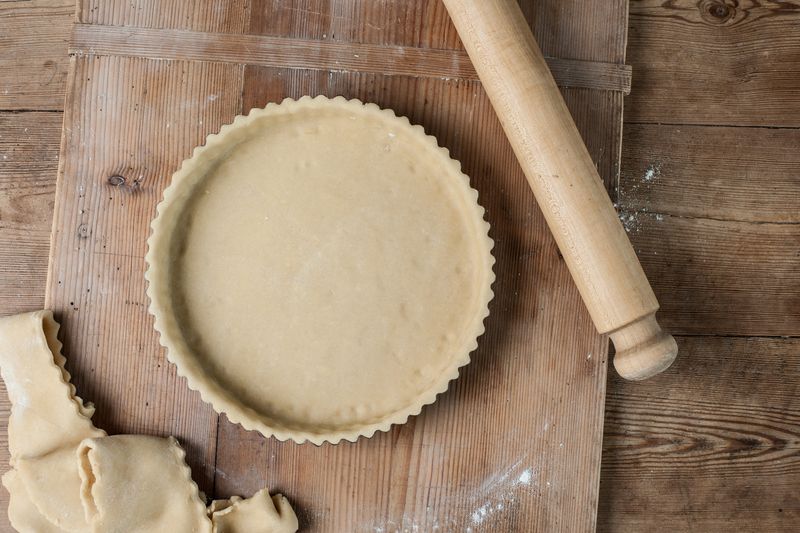
Shortcrust pastry is versatile, offering a firm yet tender base. Its crumbly texture makes it perfect for tarts and quiches. This crust’s simplicity lets filling flavors shine, creating a harmonious dessert experience.
Preparing shortcrust requires a balance of flour and fat, often with a touch of sugar for sweetness. It’s forgiving to work with, ideal for novice bakers.
Did you know? Shortcrust has been a staple in British baking for centuries, known for its use in savory and sweet recipes alike, providing a sturdy base that’s easy to cut and share.
Graham Cracker Crust
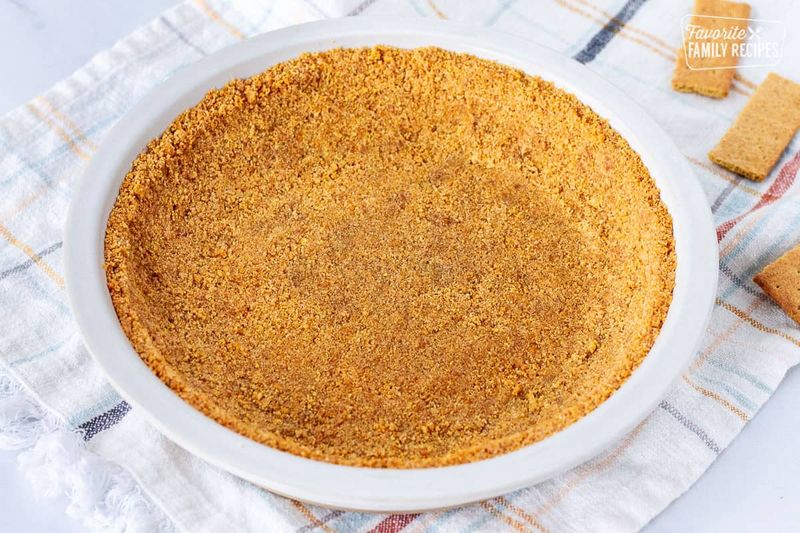
Graham cracker crusts offer an effortless, no-bake alternative, appreciated for their sweet, sandy texture. This crust pairs excellently with creamy fillings like cheesecake or key lime pie, adding a subtle hint of honeyed graham flavor.
The process involves crushing crackers and mixing with melted butter, then pressing into a pan. It’s a quick solution for those seeking simplicity without sacrificing taste.
Interesting Tidbit: The graham cracker was invented in the early 1800s by Sylvester Graham, aiming to promote a healthier lifestyle through whole grains, now a dessert staple worldwide.
Almond Flour Crust
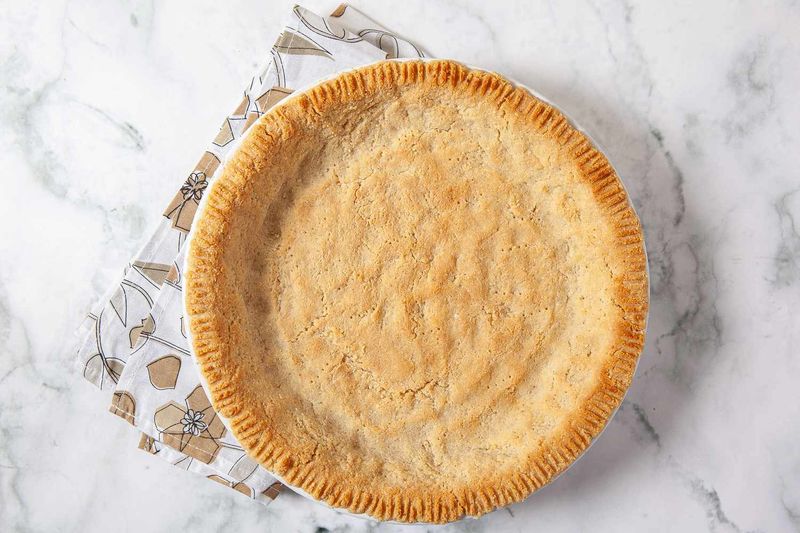
For those seeking gluten-free options, almond flour crusts offer a delightful nutty flavor and crumbly texture. This crust is perfect for those with dietary restrictions without compromising taste.
The almond flour provides a slightly sweet base, ideal for chocolate or fruit pies. Its preparation involves simple mixing and pressing, catering to health-conscious bakers.
Fun Fact: Almond flour crusts have gained popularity in recent years with the rise of gluten-free diets, becoming a favorite for those looking to enjoy traditional desserts with a healthy twist.
Puff Pastry Crust
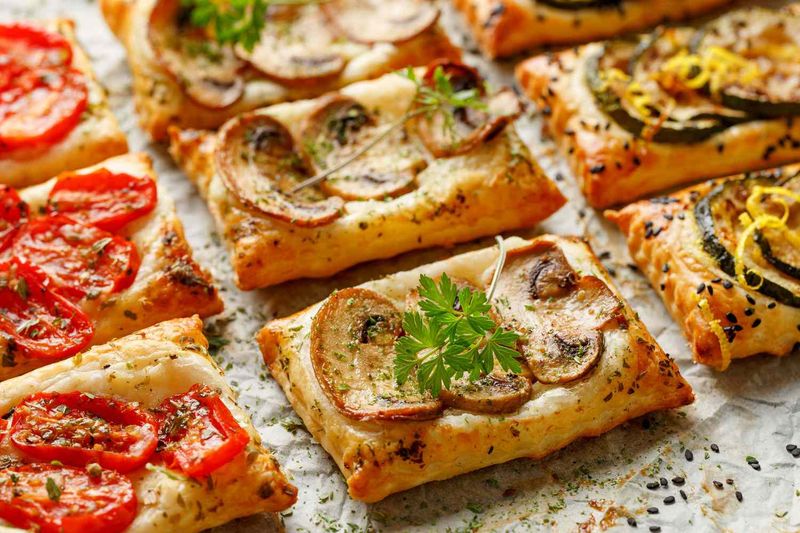
Puff pastry crusts are known for their airy layers and delicate crunch, offering a luxurious touch to both sweet and savory pies. Each mouthful delivers a satisfying combination of buttery flavor and flaky texture.
Creating puff pastry involves careful layering of dough and butter, resulting in its signature rise. This crust transforms simple pies into gourmet delights.
Did you know? Puff pastry’s origin is debated between French and Italian chefs, both of whom have embraced it in their cuisine to create elegant pastries and pies.
Oatmeal Crust
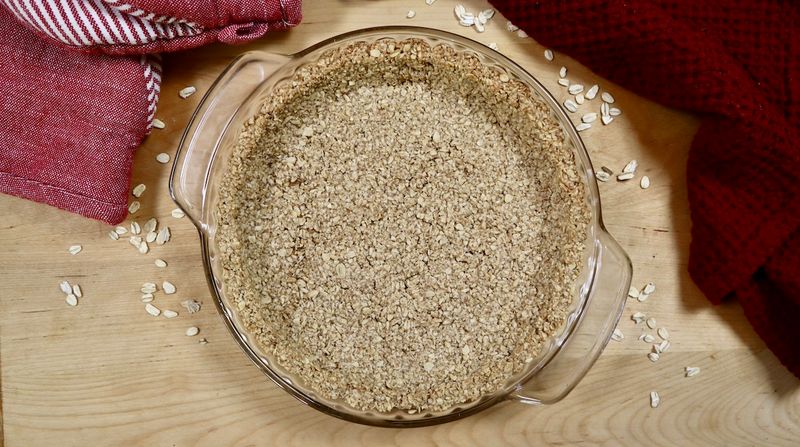
Oatmeal crusts provide a rustic charm, pairing well with hearty fillings like pumpkin or pecan pie. This crust offers a chewy, wholesome texture that balances sweetness with a touch of earthiness.
Made by combining oats, flour, and butter, this crust is both nutritious and flavorful. Its preparation is straightforward, appealing to bakers seeking a homestyle touch.
Quirky Fact: Oats have been a staple in Scottish cooking for centuries, valued for their versatility and hearty nature, making their way into desserts around the world.
Chocolate Cookie Crust
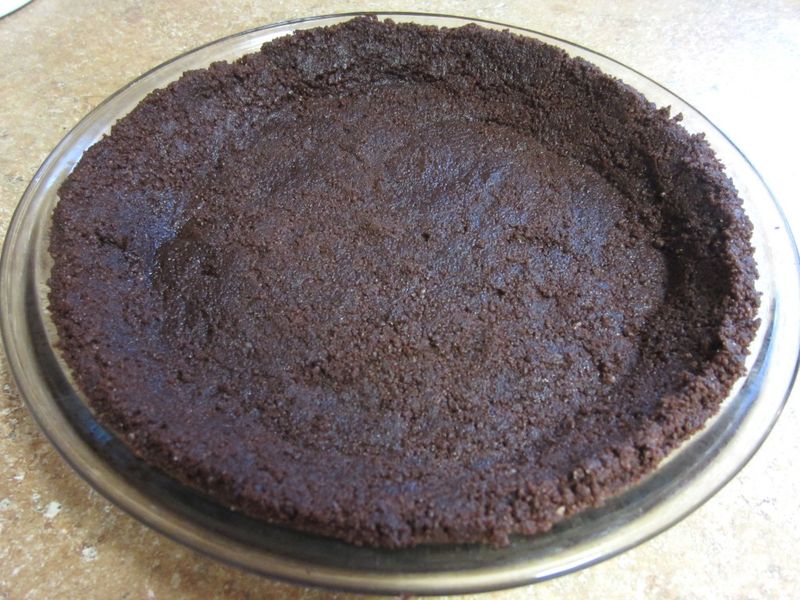
Chocolate cookie crusts cater to chocoholics, offering a rich and decadent base that complements creamy and fruity fillings alike. This crust enhances the dessert experience with its intense cocoa flavor.
Typically made by crushing chocolate cookies and binding them with butter, it’s a straightforward process that doesn’t require baking, ideal for chilled pies.
Fun Insight: Chocolate cookie crusts have become a favorite for icebox pies, popularized in the mid-20th century for their simplicity and delightful chocolatey undertone.
Whole Wheat Crust
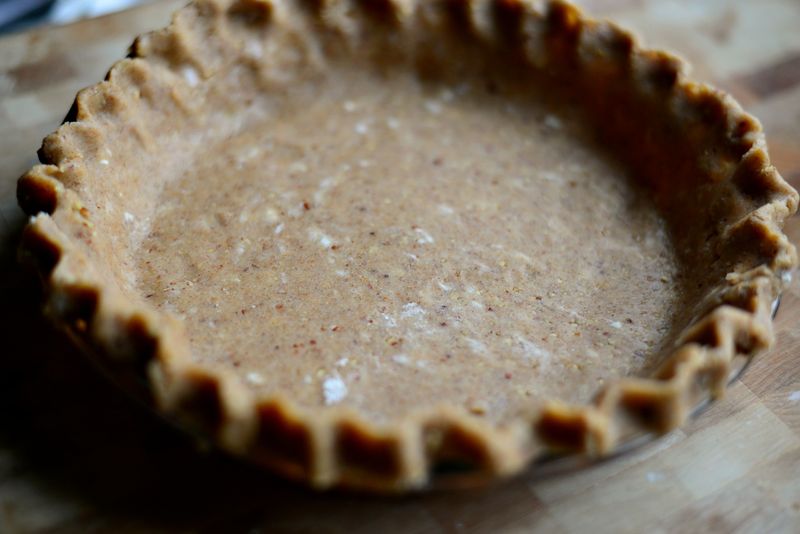
Whole wheat crusts offer a wholesome, earthy flavor, perfect for those seeking a healthier pie option. This crust’s texture is denser, adding a unique character to fruit and savory pies.
Its preparation involves whole wheat flour, providing more nutrients than traditional white flour, appealing to health-conscious bakers.
Did you know? Whole wheat flour has been used since ancient times, once considered a luxury for its full-bodied taste and nutritional benefits, now a staple for modern bakers.
Phyllo Dough Crust
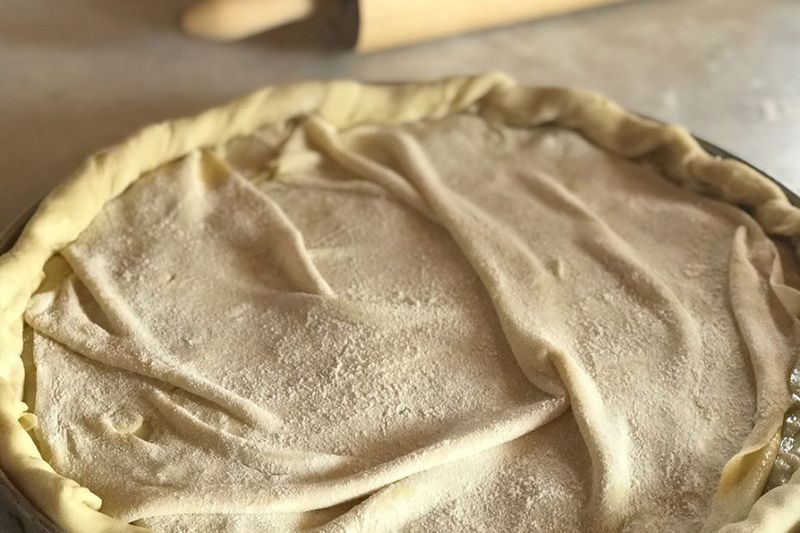
Phyllo dough crusts bring an exotic flair, known for their paper-thin, crispy layers. This crust adds a light, flaky texture, perfect for baklava-inspired desserts or quiches.
Phyllo requires meticulous handling and brushing with butter or oil, creating its signature crisp layers. It transforms simple fillings into an elegant treat.
Fun Fact: Phyllo dough hails from the Middle East and Greece, traditionally used in sweet and savory dishes alike, celebrated for its versatility and delicate crunch.
Leave a comment